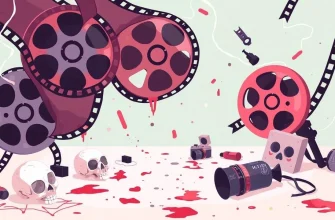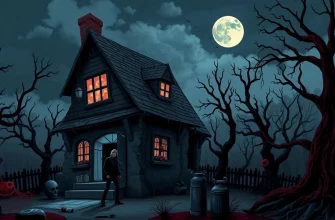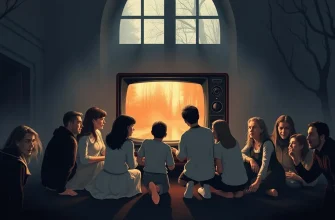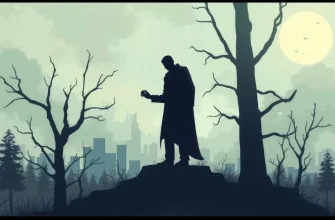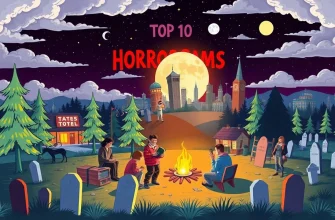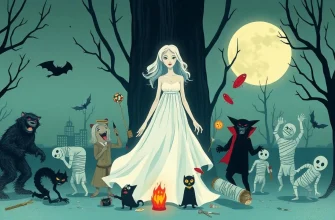Horror films have long been a staple of cinema, offering thrills, chills, and a deep dive into the darker side of human imagination. This collection of classic horror films not only showcases the evolution of the genre but also highlights the enduring appeal of these timeless tales. From gothic masterpieces to psychological thrillers, each film has left an indelible mark on the horror genre, influencing countless filmmakers and captivating audiences for generations.
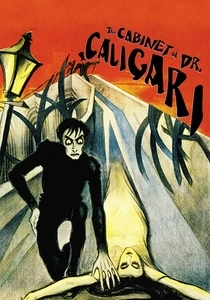
The Cabinet of Dr. Caligari (1920)
Description: This German Expressionist film tells the story of a hypnotist who uses a somnambulist to commit murders. Its surreal visuals and narrative structure were revolutionary.
Fact: The film's sets were designed to reflect the twisted psyche of the characters, with distorted angles and shadows, influencing the look of horror films for decades.
 Watch Now
Watch Now
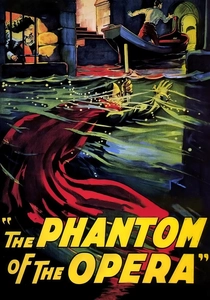
The Phantom of the Opera (1925)
Description: Lon Chaney's portrayal of the disfigured Phantom, who haunts the Paris Opera House, is both tragic and terrifying, setting a high bar for adaptations of Gaston Leroux's novel.
Fact: Chaney created his own makeup for the role, keeping it a secret until the film's premiere, which shocked audiences with its realism.
 Watch Now
Watch Now

Dracula (1931)
Description: Bela Lugosi's portrayal of the iconic vampire Count Dracula set the standard for all future vampire films. This film captures the eerie atmosphere of Bram Stoker's novel with its gothic sets and haunting performances.
Fact: Bela Lugosi was so associated with the role of Dracula that he was buried in his Dracula cape. The film was one of the first horror movies to receive widespread distribution.
 Watch Now
Watch Now
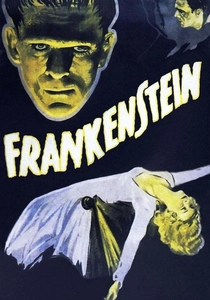
Frankenstein (1931)
Description: Directed by James Whale, this film adaptation of Mary Shelley's novel introduced audiences to the tragic figure of the Monster, played by Boris Karloff, whose portrayal became synonymous with the character.
Fact: The Monster's makeup took four hours to apply each day, and Karloff's performance was so compelling that he received a star on the Hollywood Walk of Fame.
 Watch Now
Watch Now
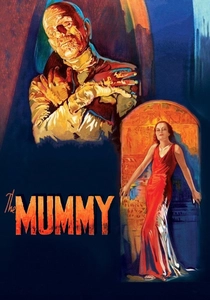
The Mummy (1932)
Description: Boris Karloff stars as Imhotep, an ancient Egyptian priest who is accidentally revived and seeks to reunite with his lost love. This film blends horror with romance and adventure.
Fact: Karloff was initially hesitant to take the role due to the heavy makeup, but his performance helped cement the film's place in horror history.
 Watch Now
Watch Now
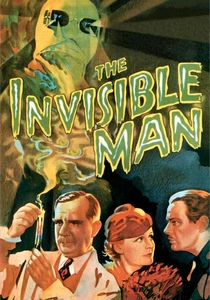
The Invisible Man (1933)
Description: Claude Rains delivers a chilling performance as Dr. Jack Griffin, who discovers a formula for invisibility but descends into madness. This film is notable for its special effects, which were groundbreaking at the time.
Fact: The film was one of the first to use extensive wire work to simulate invisibility, and Rains' voice was used to great effect, making his presence felt even when unseen.
 Watch Now
Watch Now
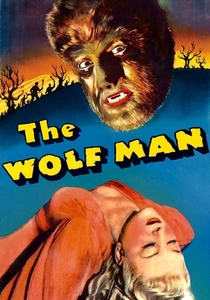
The Wolf Man (1941)
Description: Lon Chaney Jr. stars as Larry Talbot, who becomes a werewolf after being bitten by a creature in the Welsh countryside. This film established many of the tropes associated with werewolves in cinema.
Fact: The film was originally intended to be a vehicle for Boris Karloff, but he turned down the role, leading to Chaney's iconic performance.
 Watch Now
Watch Now

Psycho (1960)
Description: Alfred Hitchcock's masterpiece about a young woman who encounters a disturbed motel owner, Norman Bates, is famous for its shocking twist and iconic shower scene.
Fact: Hitchcock bought up all the copies of the novel to keep the ending a secret, and the film was one of the first to show a toilet flushing on screen.
 Watch Now
Watch Now
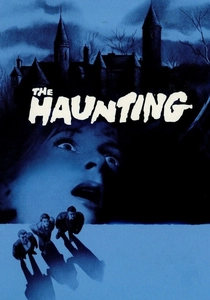
The Haunting (1963)
Description: Directed by Robert Wise, this film is a masterclass in psychological horror, using sound and suggestion to create an atmosphere of dread without showing any ghosts.
Fact: The film was shot in black and white to enhance the eerie atmosphere, and it's often cited as one of the best haunted house films ever made.
 Watch Now
Watch Now
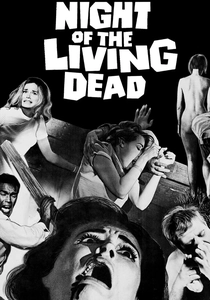
Night of the Living Dead (1968)
Description: George A. Romero's groundbreaking film redefined the zombie genre, introducing the concept of flesh-eating ghouls and social commentary on race and consumerism.
Fact: Due to a copyright error, the film entered the public domain, allowing it to be widely distributed and influencing countless filmmakers.
 Watch Now
Watch Now


